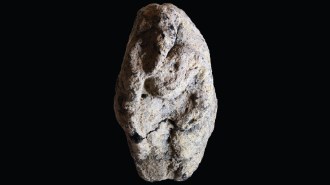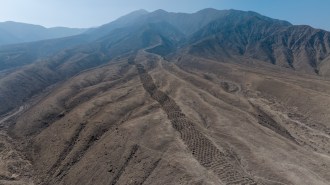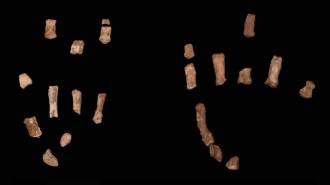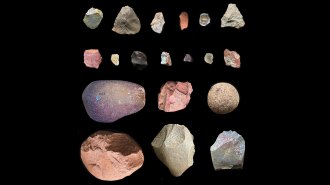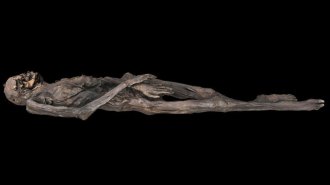‘Superhenge’ once lined Stonehenge neighborhood
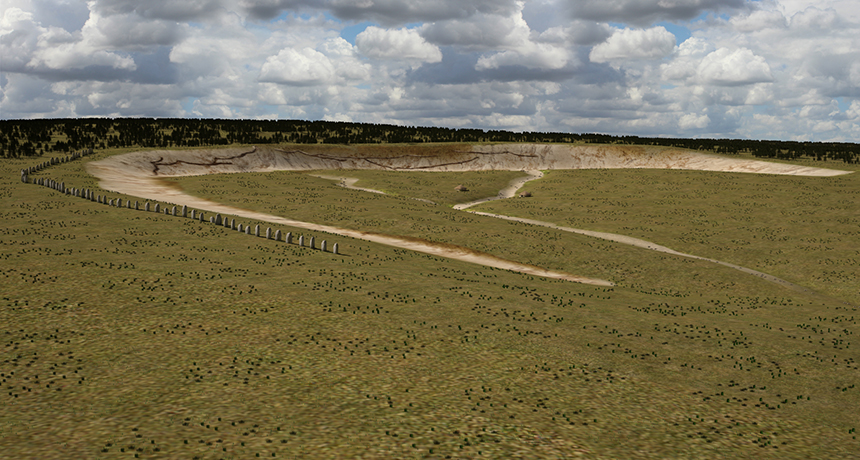
Ground-penetrating radar has revealed as many 90 large stones that once lined the outskirts of village near Stonehenge in southern England. A recreation of what that “Superhenge” looked like is shown here.
Ludwig Boltzmann Institute, Archaeological Prospection and Virtual Archaeology

